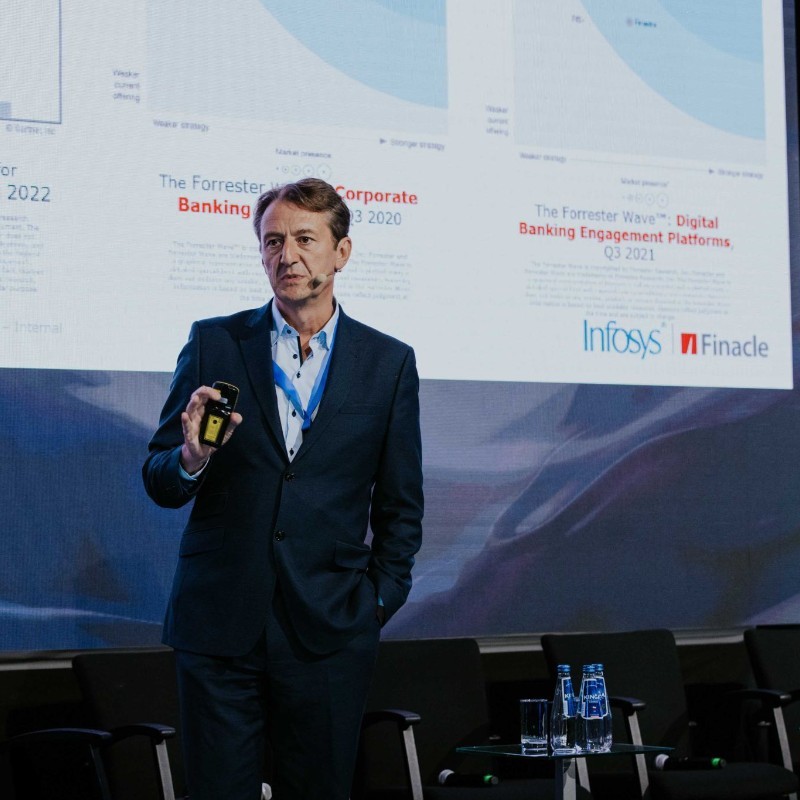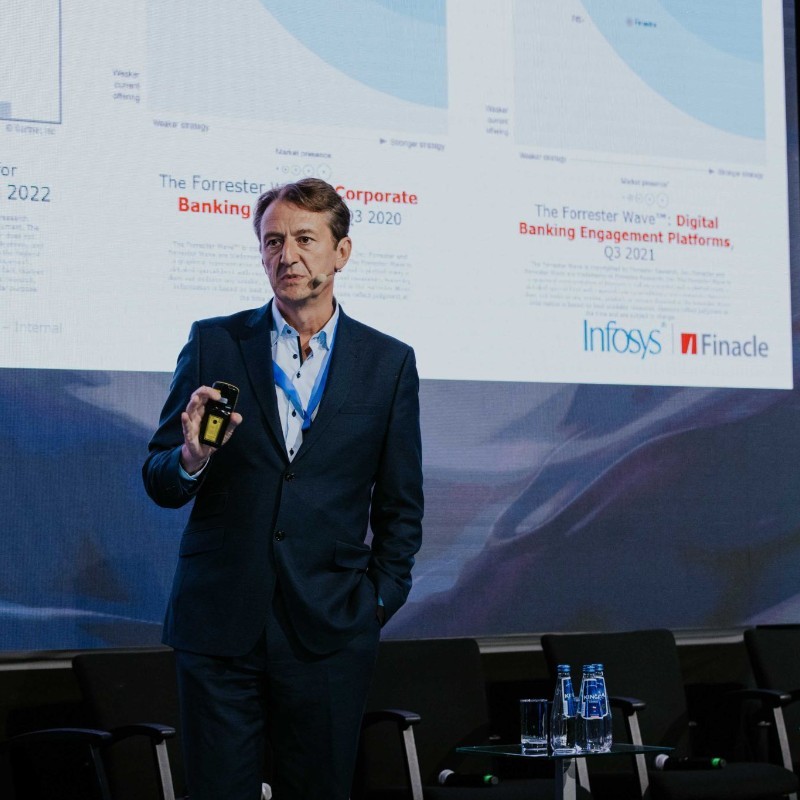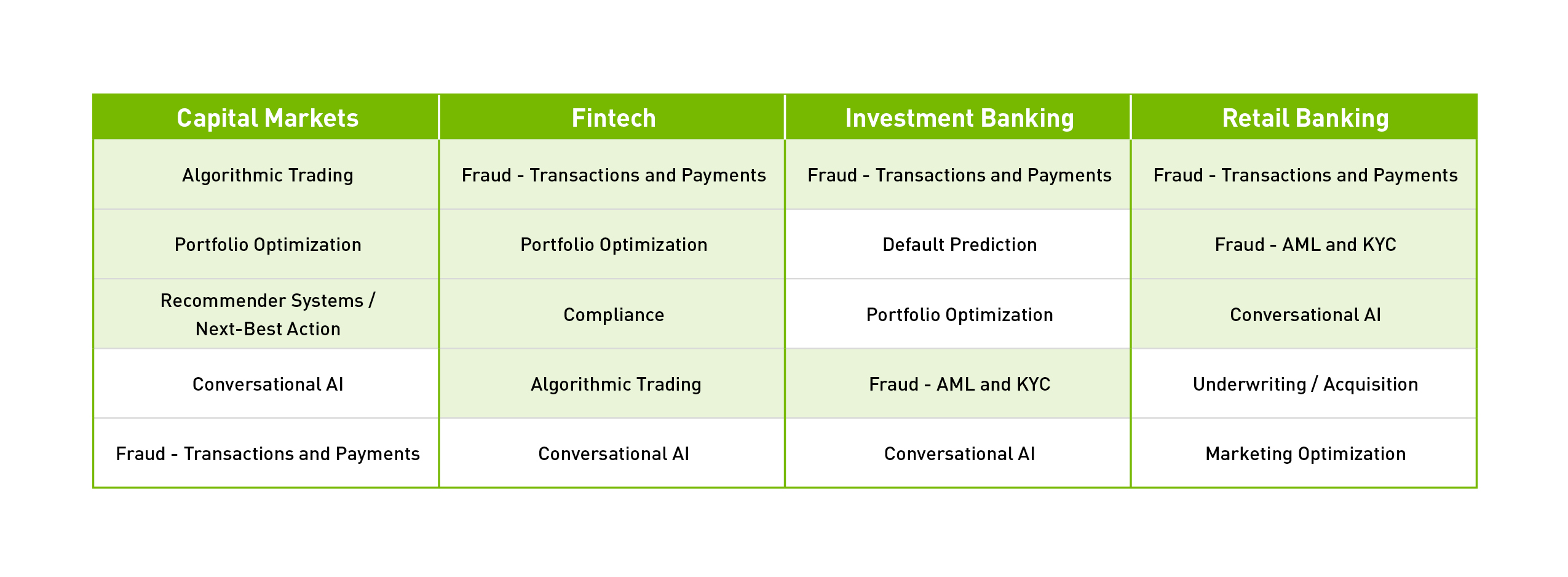The future of financial services in the metaverse
The metaverse as a concept has permeated much of the media narrative around technology this year, having been catapulted into the public conscience when Facebook changed its name to Meta back in November 2021.
by Jawad Ashraf, CEO and Co-Founder of Virtua
A digital network of interoperable, interactive virtual worlds – this new medium of interconnectivity promises to have as big an impact on society as social media did back in the noughties. Experts, developers and brands are constantly innovating in the space, exploring the myriad of ways in which they can capitalise on the increased scope for audience retention and growth.
A whole new world

The entertainment industry was – perhaps as expected – among the first to jump on the wagon and get ahead of the curve, diversifying their creative strategy across various virtual worlds. Some high-profile examples of this would be Manchester City partnering with Sony to recreate a virtual Etihad Stadium in Decentraland; Spotify Island launching in Roblox; Warner Music Group entering Sandbox, and us at Virtua collaborating with Williams Racing to bring F1 fans a more immersive experience. With this, rhetoric has appeared that implies that the metaverse is essentially an ultra-advanced arena for fans and gamers to wrap themselves further around entertainment channels more so than they’ve ever been able to do before.
However, all types of institutions and enterprises stepping into the metaverse – including digital real estate agents, fashion retailers, law firms, advertising agencies and educational institutions and advertising agencies. Even some small businesses have been testing out ways in which they can integrate Web3 into their daily operations with staff and clientele. Along with the progressive adoption of blockchain technology in the physical world and the rise of NFTs, we are preparing to see a monumental shift in the way society functions. A hybridised reality, in which the fundamental dynamics of social life are interchangeable between the physical and virtual, is on the horizon.
Implications for financial institutions
For financial institutions, this means engagement with Web3 concepts and the metaverse will soon be unavoidable. It will be a necessity. They should thus prepare themselves to be malleable in their approach to changing tides. Flamboyant PR stunts may not be called for, but they should certainly be familiarising with concepts such as asset programmability, smart contracts and peer-to-peer networking. In the metaverse, users will not only be communicating – but also earning and spending. The revolutionary aspect that comes into play and differentiates Web3 from Web2 is that they will now be able to merge real and virtual assets which the blockchain will grant them total control over. The financial sector will be required to adapt its services with new means of transactional exchange, asset management and identity verification in order to keep up.
Decentralised blockchain technology is resistant in practice to the agency that financial institutions exercise, but this does not mean that banks, financial advisers, brokerage firms and insurance companies won’t have a place in the metaverse. The likes of JPMorgan Chase, Bank of America and HSBC are all already involved in the metaverse. Investors, gamers, NFT collectors and general users will need the variety of services provided by institutions as they look to immerse themselves in this new world.
McKinsey & Co’s ‘Welcome to the Metaverse’ report also highlights that the shift is already occurring. Financial institutions are experimenting with virtual substitutes for telecommuting centres, investment advisory services and employee training within newly developed ‘financial towns.’ Another sector that will unquestionably be in high demand is the insurance industry. Metaverse residents will not only own digital property and NFTs, but also their data – which their avatars will be tethered to. With the blockchain still susceptible to hackers, all of this can still be stolen in the metaverse. Services that offer users cybersecurity policies to protect users from those potentialities will therefore be an imperative component of Web3 security measures. Forming partnerships with these firms will be a priority for Metaverse developers as they seek to provide their users with the comfort and surety that will attract them to their spaces.
Swiss Bank ‘Sygnum’ have also demonstrated the capacity for financial institutions to adopt crypto-native protocols – having already developed, regulated and managed many assets on DeFi (Decentralised Finance) applications using blockchain technology. They’ve recently announced that they will be the first of their kind to open a metaverse hub – due to launch in Decentraland’s equivalent to New York’s Times Square on 27th September.
The first steps to take
Beyond enhancing convenience for their staff and clients, firms across the sector should firstly be looking toward the marketing opportunities that the metaverse will provide them. As the retail and entertainment industry continues to innovate new means of interaction with their customers and audiences, so too should financial institutions be capitalising. The chance to strengthen their client base through new means of rapport is clear. As television, radio and print adverts were supplemented by social media ads, social media operations are being extended to carefully orchestrated creative initiatives in the metaverse. Despite whatever caution, there may be to incorporate the likes of avatars and virtual offices into their agendas, it is certainly worth considering the option to dedicate an arm of their workforce to focus on a metaverse strategy. It is as big an opportunity for them as it is for any other industry.













